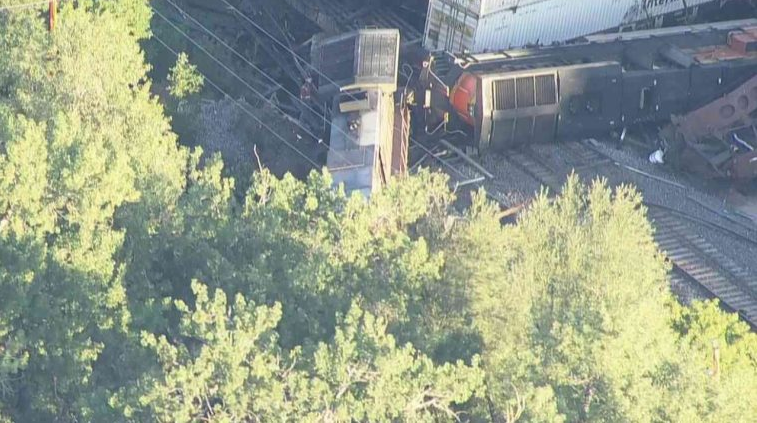In the quiet night of August 23, 2024, Boulder, Colorado, was shaken by a significant rail incident when two freight trains collided, leading to a series of events that disrupted the local community and raised concerns over rail safety. Here’s a detailed account of what transpired, the immediate aftermath, and the broader implications of this incident.
The Incident
The collision occurred near Boulder Creek, just north of Boulder Community Hospital, involving a BNSF Railway train. According to initial reports, the trains collided around 11:13 p.m. CST, resulting in a derailment that damaged a rail bridge and caused minor injuries to two crew members. The severity of the crash was evident with both locomotives severely damaged, and several cargo cars derailed across the tracks.
Immediate Aftermath
The collision led to immediate concerns over environmental impact due to a small fuel spill from one of the locomotives. Initial fears of fuel contaminating Boulder Creek were alleviated when it was discovered that sand from one of the derailed cars had absorbed the fuel, preventing any creek contamination. However, the incident did lead to a temporary power outage affecting around 92 households, which was quickly resolved by Xcel Energy.
Community Impact
The crash necessitated the closure of sections of Pearl Parkway and Valmont Road, disrupting local traffic for several hours. The Boulder Police Department, along with BNSF Railway, managed the situation, ensuring safety and coordinating cleanup efforts. The community’s response was one of concern but also of resilience, with local authorities and residents showing a coordinated effort to manage the aftermath.
Investigation and Safety Concerns
BNSF Railway, taking charge of the investigation, has yet to release the cause of the collision. Such incidents prompt a review of rail safety protocols, especially in urban areas where the proximity of tracks to residential and commercial zones can amplify the risk of collateral damage. This event might fuel discussions on the need for enhanced safety measures, including better track maintenance, advanced signaling systems, or even reconsidering the routing of freight trains through densely populated areas.
Environmental Considerations
While the environmental impact was minimized thanks to the sand spill, this incident underscores the potential risks of rail transport, particularly concerning hazardous materials. The cleanup operation, led by BNSF, focused on ensuring no long-term environmental damage occurred, but it serves as a reminder of the delicate balance between industrial transport and environmental safety.
Conclusion
The collision of two trains in Boulder, Colorado, though not resulting in catastrophic damage or significant injury, serves as a stark reminder of the vulnerabilities inherent in rail transport. As the community recovers, the focus shifts towards understanding the cause, enhancing safety measures, and ensuring that such incidents






